Urban Spiders of Montana
Web-Making Spiders
These spiders make webs to catch their prey, ranging from spiral webs to funnel webs.
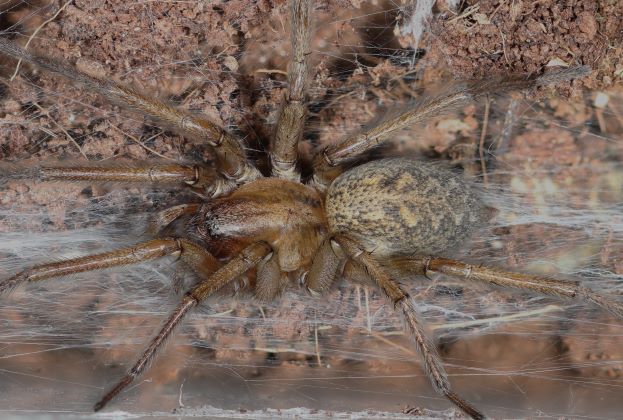
Hobo spider, Eratigena agrestis
Hobo spiders enter homes starting in August and will continue through November. Populations can sometimes be very high in basements and lower levels of the house, particularly in central and western Montana.
Want to learn more about hobo spiders? Check out our web page with a printable fact sheet!
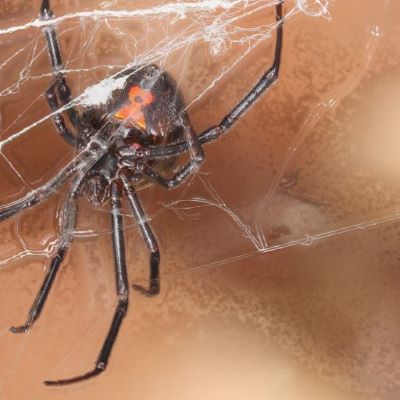
Black widow, Latrodectus hesperus
The western widow, Latrodectus hesperus, is common in Montana. It is reclusive so it is not often seen. It is the only spider, to date, of medical importance in Montana. It hangs upside down in its web and has a red hourglass on the underside of its abdomen. The males, females, and immatures all possess this hourglass (not always red).
Want to learn more about black widows? Check out our web page with a printable fact sheet!
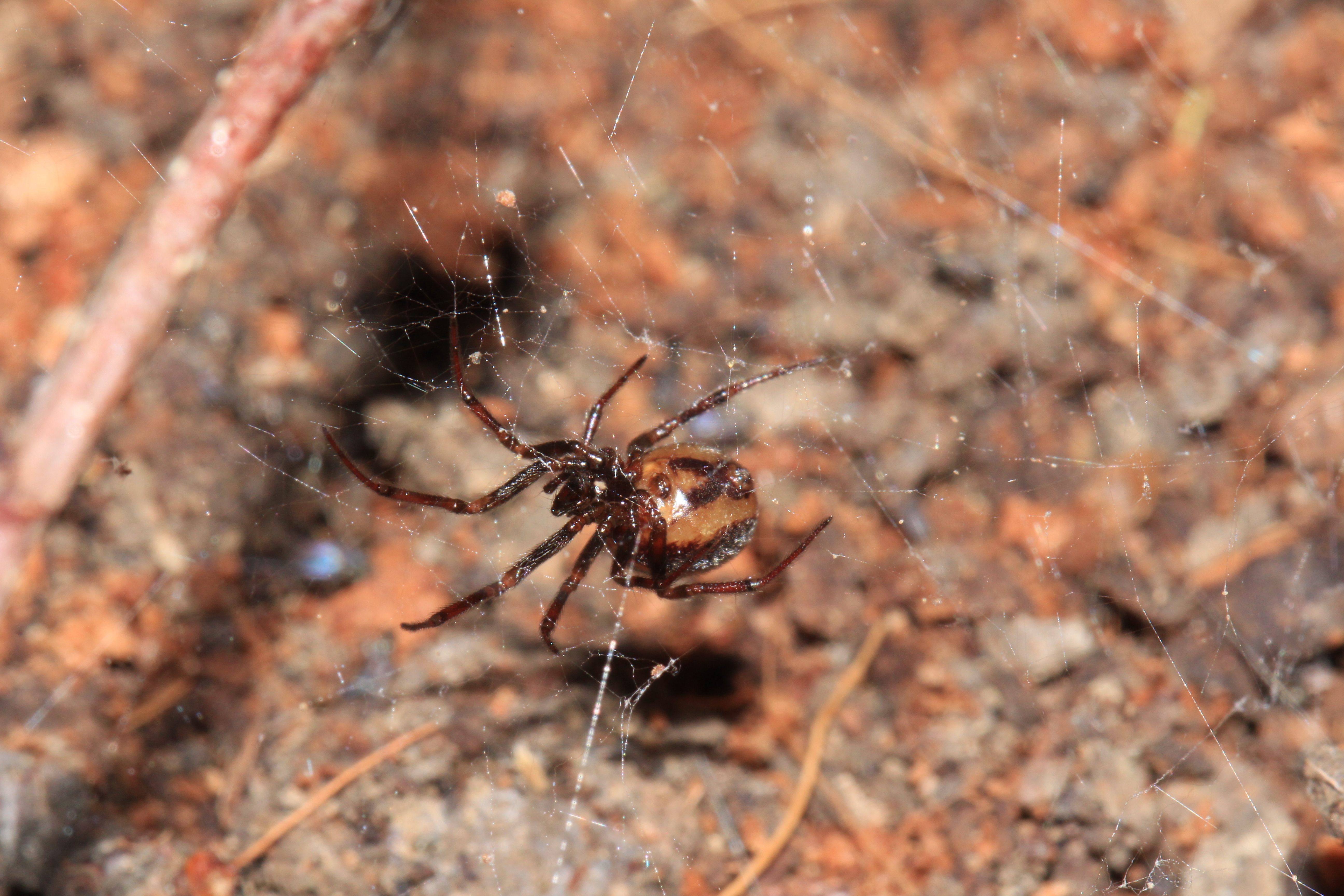
Cobweb weavers, Steatoda spp.
Cobweb spiders in the genus Steatoda are common in the home. Similar to black widows and other members of the comb-footed spider family, they hang upside down in their webs and have large, bulbous abdomens. They are not known to be harmful to humans and are not aggressive.
Want to learn more about cobweb weavers? Check out our web page with a printable fact sheet!

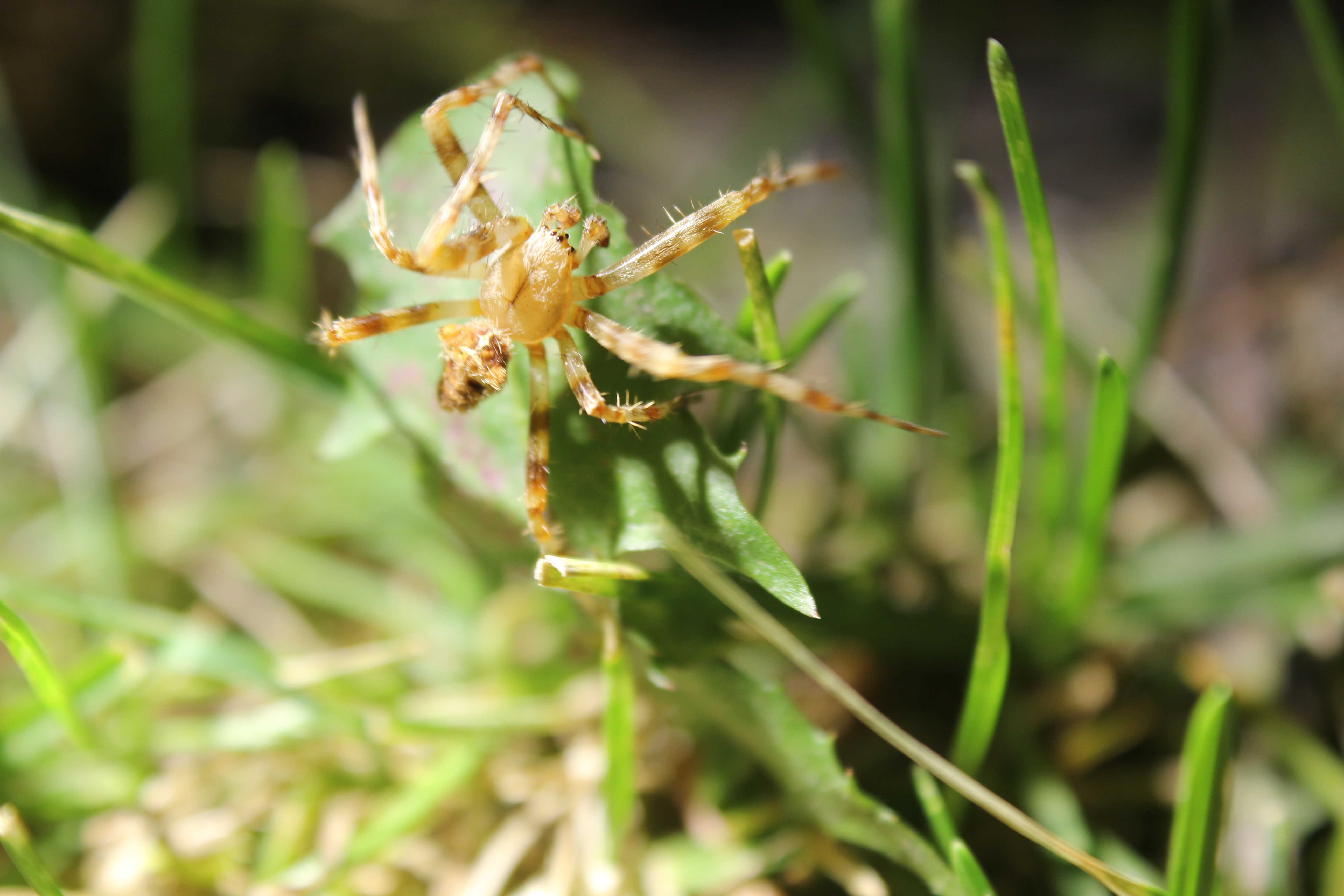
Cat-faced spiders, Araneus gemmoides
Upper: Female cat-faced spider
Lower: Male cat-faced spider
Cat-faced spiders make their webs outside on porches around lights and in corners. The female cat-faced spiders are named from their projections on their abdomens that look like cat ears. The females will lay an egg sac in early fall and will die shortly afterwards. Her egg sac will overwinter and the spiderlings will hatch in the spring. They are harmless spiders, but their body and web size can become quite large by early fall. They very rarely enter the home.
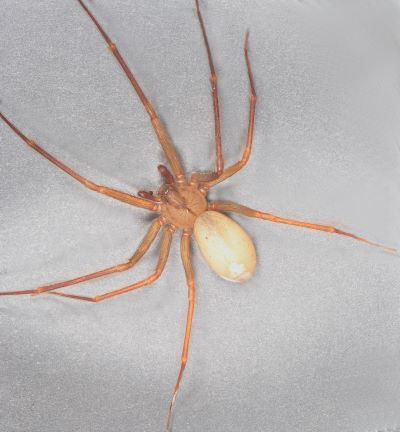
Brown recluse spider, Loxosceles reclusa
The brown recluse is not native to Montana. Its native range is southeastern Nebraska south through Texas and east to approximately eastern Georgia, stopping well before the Savannah River on the eastern border of the state. “Brown recluse bites” are frequently misdiagnosed in medicine, particularly in western states where the spider is not present. To date, no brown recluse spiders have been positively identified by trained arachnologists or entomologists in Montana.
Want to learn more about the brown recluse? Check out our web page with a printable fact sheet!
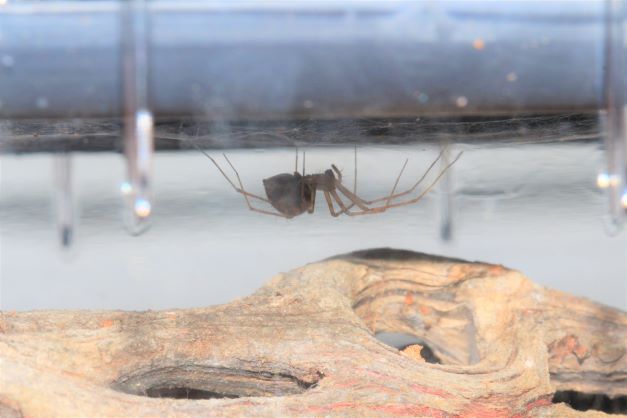
Sheet-web spiders, Family Linyphiidae
Sheet-web spiders make horizontal webs and will hang upside down underneath the sheet.They are present in many habitats,and many species are important predatorsof pest insects, such as aphids.
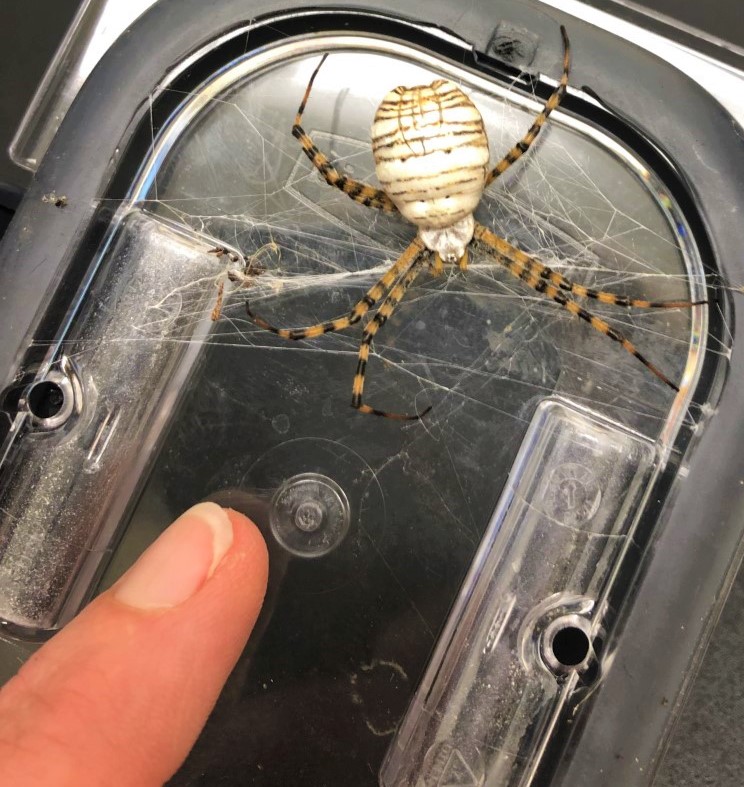
Banded argiope spiders, Argiope trifasciata
Banded Argiope spiders, or garden spiders, are some of the largest spiders found in Montana. They commonly live in fields or meadows.
Want to learn more about banded argiope spiders? Check out our web page with a printable fact sheet!
Hunting Spiders
Hunting spiders do not use webs to capture their prey. They hunt, stalk, or pounce on their prey.

Apache jumping spider, Phiddipus apacheanus
The apache jumping spider is one of our brightest jumping spiders present in Montana. They are often found in grassland and prairie areas. They pounce on their prey and have excellent eyesight, unlike most other spiders.
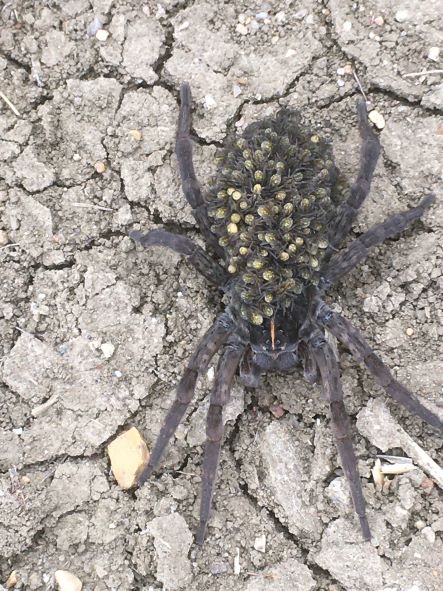
Wolf spider, Family Lycosidae
This wolf spider is carrying spiderlings on its back.
Although they are called wolf spiders, they are unlikely to hunt in packs. They represent some of our larger spiders present in the state. They are solitary and reside under leaf litter, rocks, or small burrows in the soil. Wolf spiders are beneficial.
Want to learn more about wolf spiders? Check out our web page with a printable fact sheet!
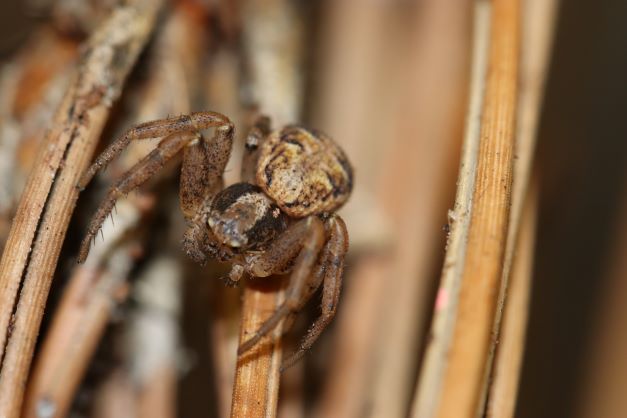
Crab spider, Xysticus spp.
Crab spiders in this genus and family (Family Thomisidae) have a front pair of legs that are modified to look and move like a crab. Some will sit in flowers to search for prey. They can often take down prey that are 2-3 times their size.
Want to learn more about crab spiders? Check out our web page with a printable fact sheet!

Parson spider, Herpyllus ecclesiasticus
The parson spider is a ground spider in the family Gnaphosidae. It commonly enters the home.
Video Content
